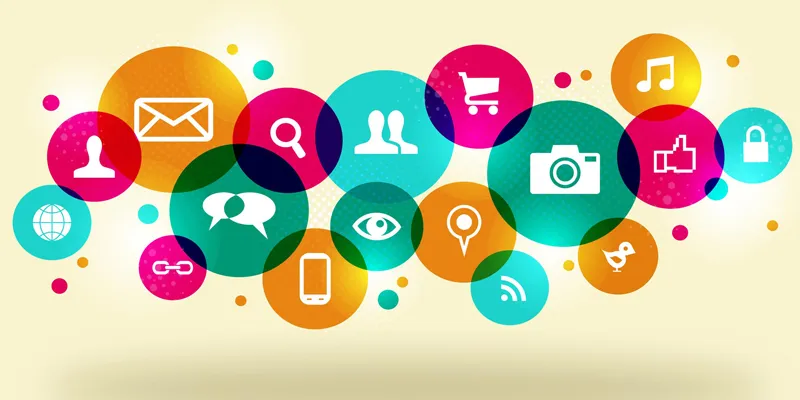Programmatic buying is democratising media and marketing
Visit any media and marketing portal or the Facebook personal pages of seasoned marketers, and you will read odes written out to programmatic buying. While I am still not sure why distant relatives on Facebook need to know all that I know about media buying, I can understand the excitement. Programmatic buying is expected to grow by 31 percent in 2017 alone, according to Zenith’s Programmatic Marketing Forecast. This makes programmatic buying rank ahead of both social media and online video, two of the other marketing disciplines that are growing unhindered in our new mobile-first, generous marketing era.

Image : shutterstock
Traditionally, media buying meant working lunches, media dinner and drinks, many, many phone calls, and excel files. But programmatic buying presents a new world order, one that is automated, inherently targeted, and extremely cost and time-efficient. It allows a single, cohesive look at media investments using marketer dashboards and ensures real-time optimisation.
Here is a quick look at how traditional and programmatic fare on various parameters:
- Traditional digital media buying is controlled almost entirely by ad buyers and publishers. On the other hand, brand custodians use automated software to control programmatic buying.
- Traditional media buying involves the usual play of approvals, paperwork, and incessant trading of change orders among various parties – brand, agency or ad buyer, publisher and so on. Programmatic allows data, technology, and channels into a single dashboard that can be operated in-house by brands.
- The costing in traditional media buying depends not only on the market value of the publisher, but also on the relationships between publishers and buyers. Programmatic removes this human element and democratises the cost of media buying to a great extent through the use of a pricing mechanism called real-time bidding (RTB), where advertising inventory is bought and sold on a per-impression rate in real-time.
- Traditional media buying makes ROI tracking an extremely time and people-intensive endeavour. The sources of data are scattered among hundreds of reports that need to be collated and analysed to be able to make sense of the information. The dashboarding of marketing investments in programmatic, on the other hand, allows brands to evaluate performance and change budgets and strategy midway to ensure that goals are met and their campaigns have the desired impact.
- Again, traditional media allows you to optimise and course-correct only after the campaign has run its course. Programmatic, meanwhile, allows real-time optimisation, and marketers have the power to route their budgets into the more effective content and campaigns.
- Like all cases of machine-enabled tasks facing off against human-led tasks, programmatic is faster, less prone to human errors, cost-effective, much more granular, and transparent.
The last decade has seen the marketing landscape change drastically. Just like Mad Men depicted the transformation of agencies from a creative-first, creative-only approach to media buyers getting a seat in the boardroom, the last decade has seen the rise and fall of traditional media agencies as platforms have proliferated and technology has been doing its thing. The traditional media agency was essentially formed for brands to find a one-stop shop to get the best ad rates possible. A lot of this pricing depended on the volumes of purchase. Higher volumes directly translated to more power to negotiate pricing. Today, media agencies must put their buck in technology, without which their role might get diluted to the point of becoming non-existent between the growing charisma of creative execution that power each brand’s memorability much faster in the digital landscape, and the automation of the purchase process itself.
But while programmatic buying presents some challenges to the traditional stakeholders of the buying process, especially if they are unwilling to run with the changes, it does bring good news to brands of all sizes and target demographics. The power is increasingly in the hands of those who hold the budget. Startups too can get in on media buying, it is no longer the pride and privilege of the erstwhile “loaded brands”. If the number of startups selling me their pretty indigo sarees and handmade candles every time I surf the internet is anything to go by, the marketing landscape is much more democratic today than it was ten years ago. We are all in it together!
For more reads on media buying and marketing, go to the following links –
- The art of media buying, the programmatic way
- How can the convoluted process of media buying be simplified?
- How to plan advertising campaigns across mass media to drive business growth
- 13 ways you can make digital marketing work for you
- How Digital Marketing Is Going to Redefine Your Business Prospects in the Coming Years







